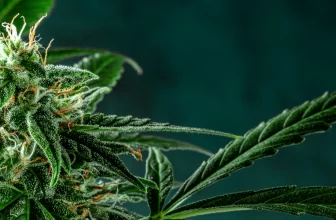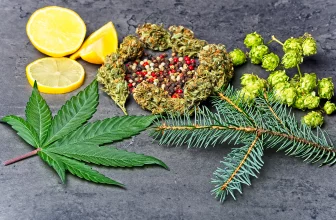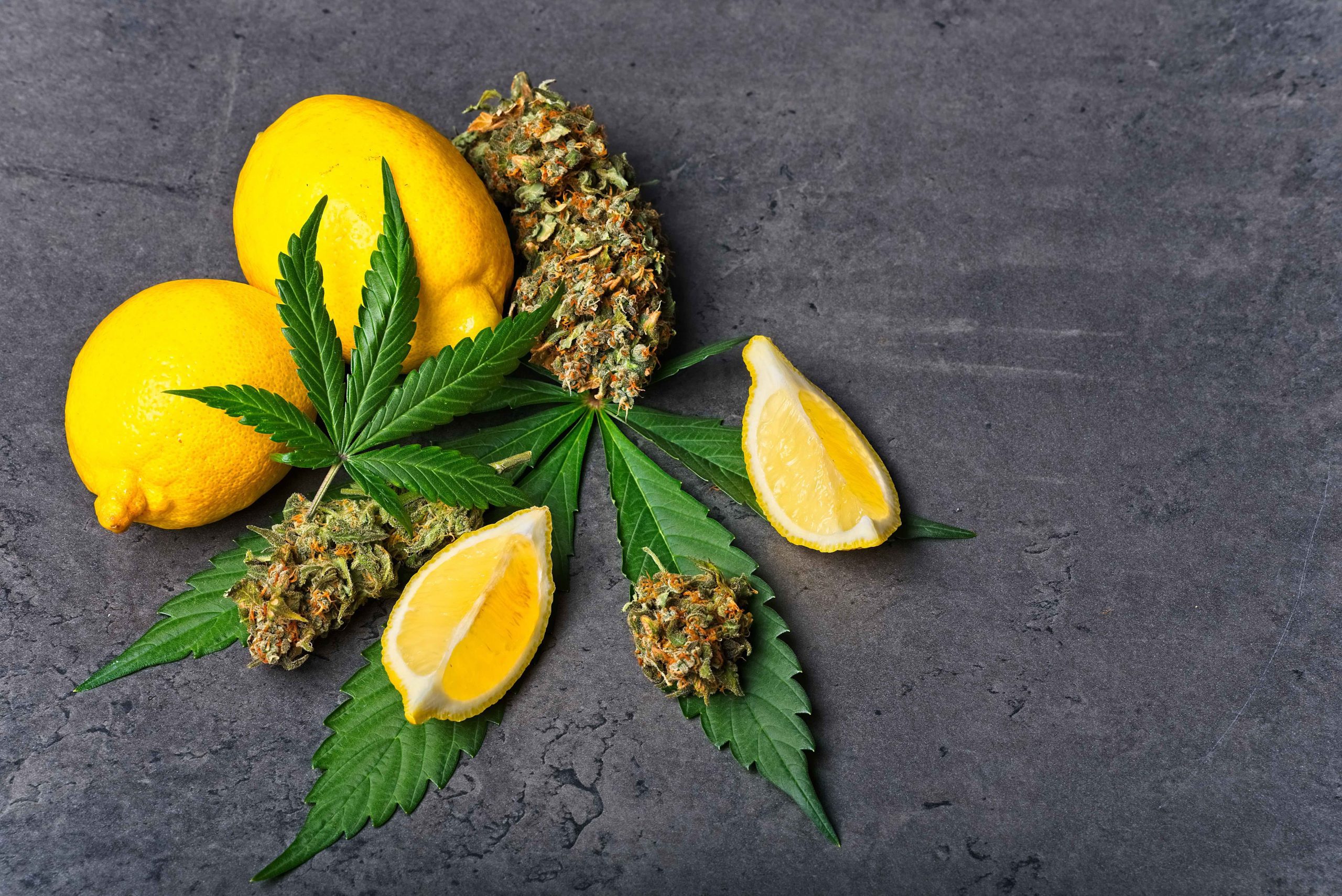
You may be up to snuff on your basic cannabinoids like tetrahydrocannabinol (THC) and cannabidiol (CBD). You might know all about your hemp and marijuana plants. You may even casually drop words like “sativa,” “indica,” and “ruderalis” in conversation like it’s no big thing. But what if someone asked you about terpenes?
After reading this article you’ll blow them away with your expansive acquired knowledge on all things terpene-related. Let’s get you ready to impress.
Terpenes: the Alphabet of Smell
Q: What do a lemon, a cedar tree, a sprig of lavender, hops, and the Papilio glaucus caterpillar have in common?
A: They all smell the way they do because of terpenes!
Terpenes are a wide variety of organic compounds produced naturally by plants and insects. When you smell the distinct scent of a tree’s sap or a nice perfume, there’s a good chance you’re smelling terpenes.
In cannabis, terpenes are produced by the resinous flowers that give the plant its place in the spotlight. Terpenes are yet another element within cannabis that contributes to its many scientifically studied healing effects. Though cannabinoids like THC and CBD do a lot of the heavy lifting in terms of health benefits, the story just wouldn’t be the same without terpenes in the mix.
This is due to a really cool trait of cannabis called the “entourage effect.” The idea here is that star players like THC and CBD may be great on their own, but they’re really part of a package of hundreds of cannabis compounds that contribute to a greater whole when used together.
In other words, keeping all components of the flower will lead to greater health benefits than using one in isolation. An example of this is how CBD may mitigate the intoxicating effects of THC by affecting how it binds with our bodies’ endocannabinoid receptors.
That’s not to say that CBD oil or THC oil isn’t effective — they are — but throw terpenes and other compounds into the equation, and you’re looking at potentially more benefits.
Terpenes can either heighten or lighten the effects of cannabinoids like THC. If you want an example of this, look no further than the experiences you’ve had with two different strains of marijuana. One can have you rearing to launch a new start-up, while the other can basically turn you into a piece of furniture for a few hours. This is due to the delicate dance between different compounds, and terpenes are very much a part of that dance.
How Many Terpenes Are There?
There are over 20,000 different types of terpenes out there, and we’re going to review all of them now. Just kidding, you know we wouldn’t do that to you. However, cannabis contains over 100 different terpenes, many of which also exist elsewhere in nature. Of these, there are six that you absolutely must meet.

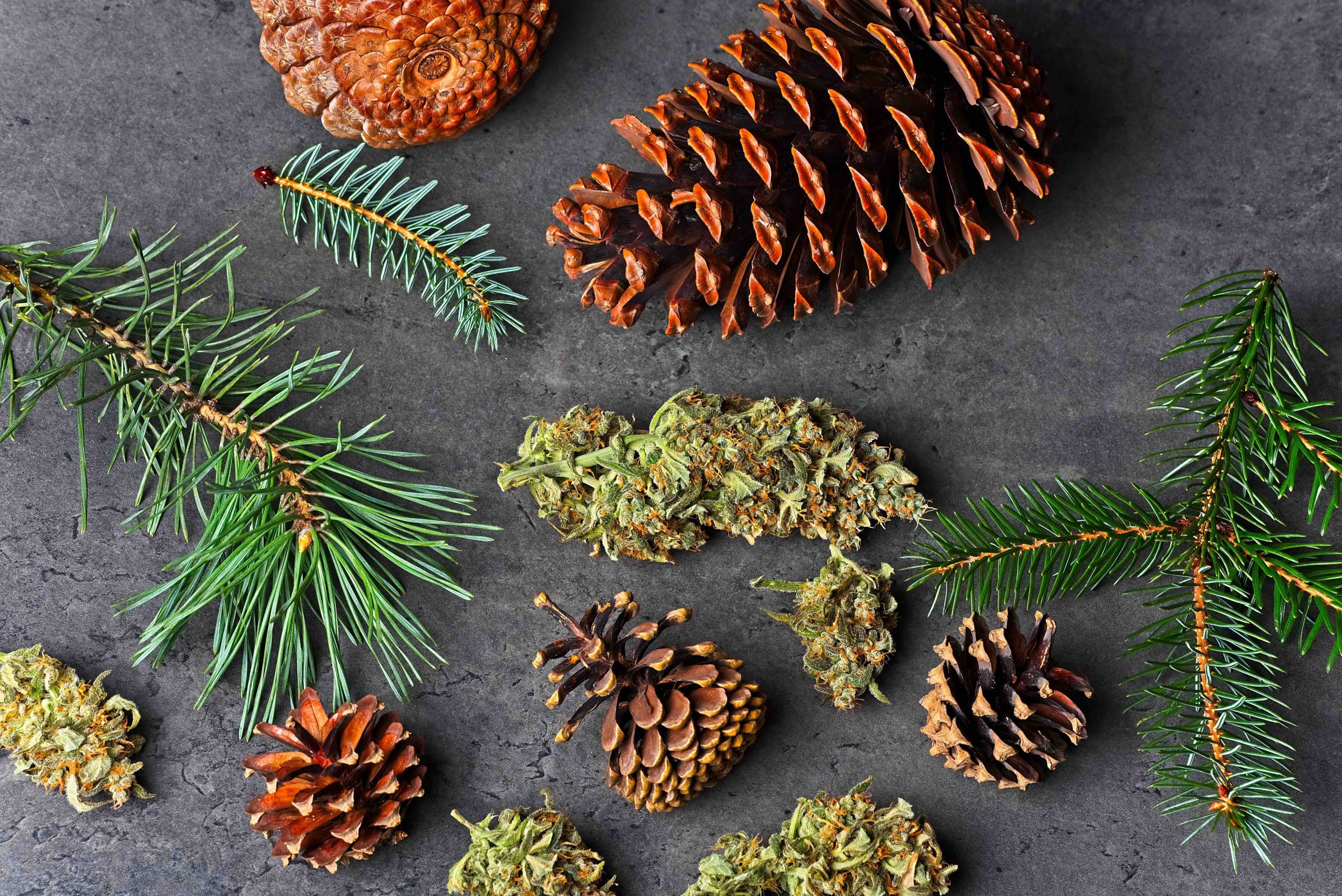

We’d first like to introduce you to myrcene. Though it can also be found in mangoes, it’s in the cannabis plant where myrcene really shows off. True fact: some cannabis strains’ profiles consist of up to 65% myrcene. In fact, sometimes, the choice between categorizing a strain as Sativa or Indica comes down to the presence of myrcene.
Myrcene has that distinctive earthy aroma that’s synonymous with marijuana. It is one of the special ingredients that can make a strain relaxing and potentially add to anti-inflammatory properties.
If the word “pine” jumped out at you in “pinene,” congratulations — you found the clue. This terpene is the MVP in giving pine trees their delightful crisp forest aroma and is found in its highest concentration in the trees themselves. More specifically, pinene comes in two different varieties: alpha and beta. Alpha is that pine scent, while beta has a more herb-like scent akin to parsley or rosemary.
Wondering what pinene is good for? It’s a bronchodilator with notable antiseptic and anti-inflammatory traits.
Limonene may be at home creating that citrusy smell in fruits, but it has a second home in cannabis, where it is the second most common terpene in the plant. A key player in the entourage effect, limonene is attributed to helping cannabis treat several health conditions.
With antibacterial and antifungal properties to boast of, limonene is definitely gathering its share of research in medical and scientific worlds. But that refreshing citrus scent also makes it a common component of household cleaning products and cosmetics. In aromatherapy, it is often used to help enhance mood and reduce stress.
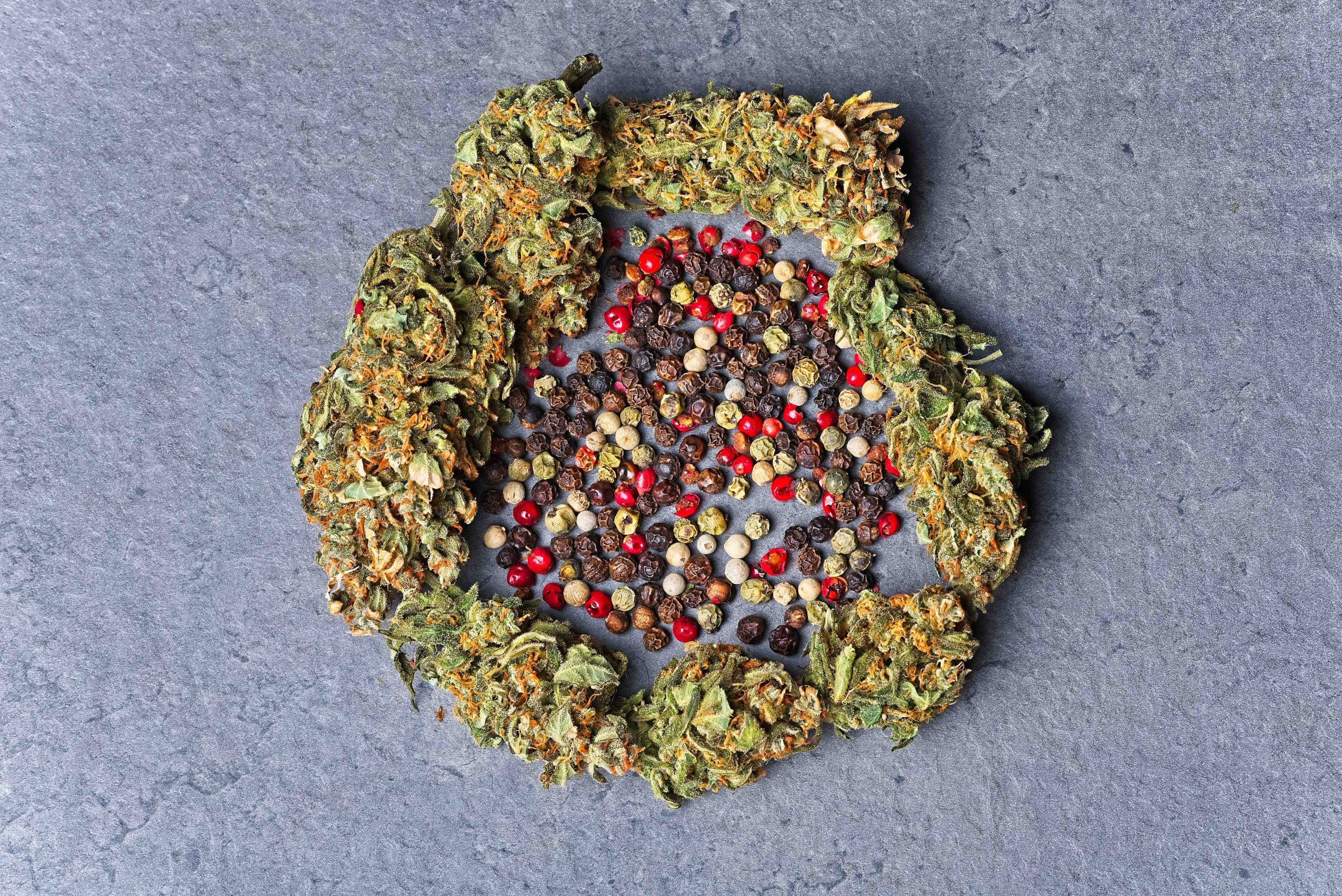
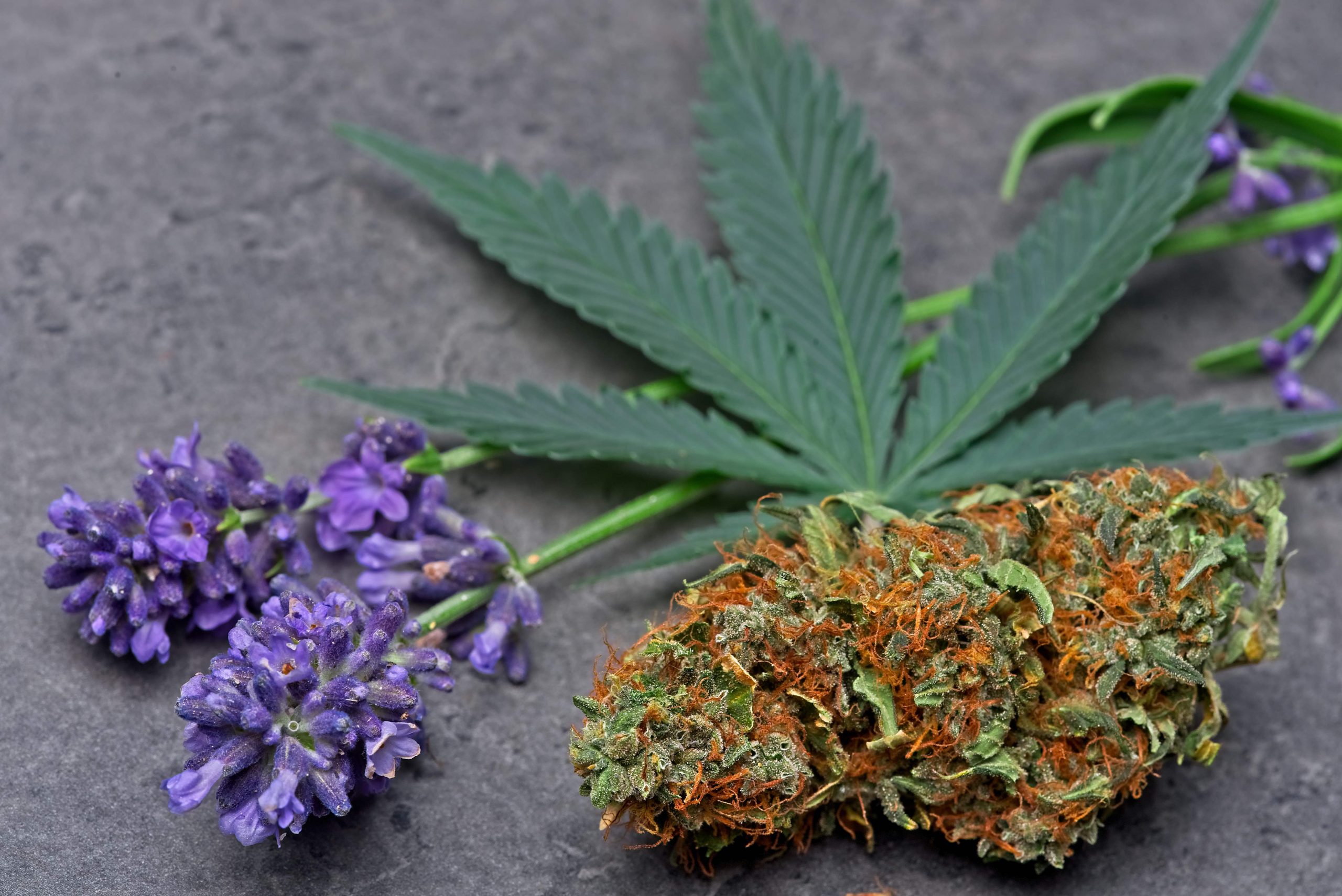
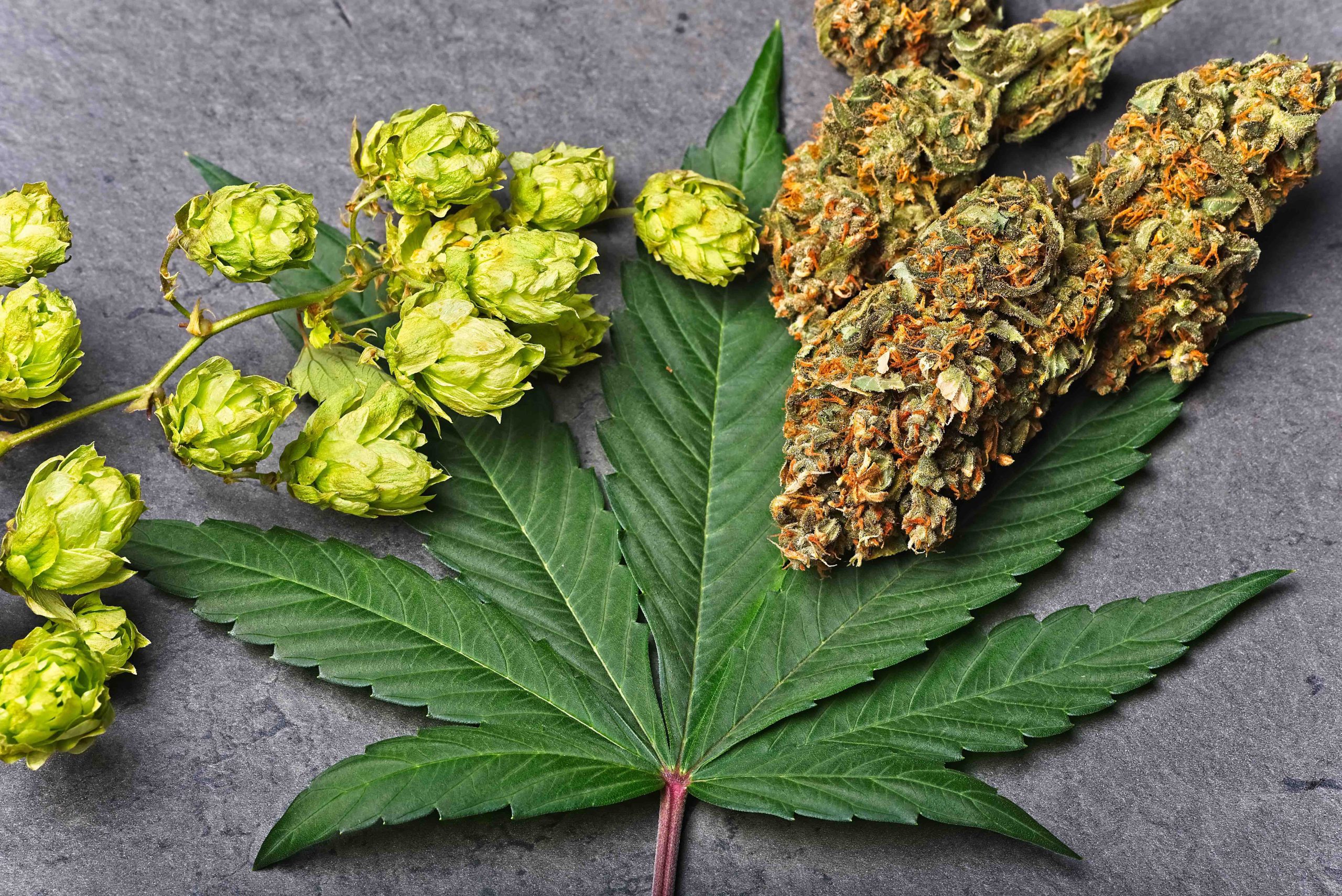
A little bit exotic, a little bit woodsy, and a whole lot of fun, caryophyllene is a small terpene that contributes a spicy smell to things like cinnamon and black pepper. It is also proving effective in treating anxiety, reducing inflammation, and helping with depression.
Aside from requiring some real lingual athleticism to say three times quickly, linalool (linalool, linalool) has a pretty great reputation on the terpene scene. It’s the terpene that gives lavender its relaxing, pleasant smell.
Likewise, if you tend to get anxious with too much THC, linalool is there to help — it’s been shown to reduce the side effect of anxiety in marijuana. This has also made it a solid choice for potentially treating anxiety by itself.
Last but certainly not least is humulene, a terpene that’s been shown to decrease appetite. Yes, you read that correctly — a terp in marijuana that suppresses the urge to eat everything in sight.
The presence of humulene can be observed in basil, cloves, hops, and more. Its anti-inflammatory properties and antibacterial traits make it the subject of much research.
The Wrap Up
If your burps lack terps, one of the best ways to get them is through vaporization. Since carbonization can eliminate terpenes, temperature-controlled vaporization helps preserve them for you. Along with cannabinoids, terpenes are a huge part of what makes weed, weed, and give each strain its distinctive flavor.



